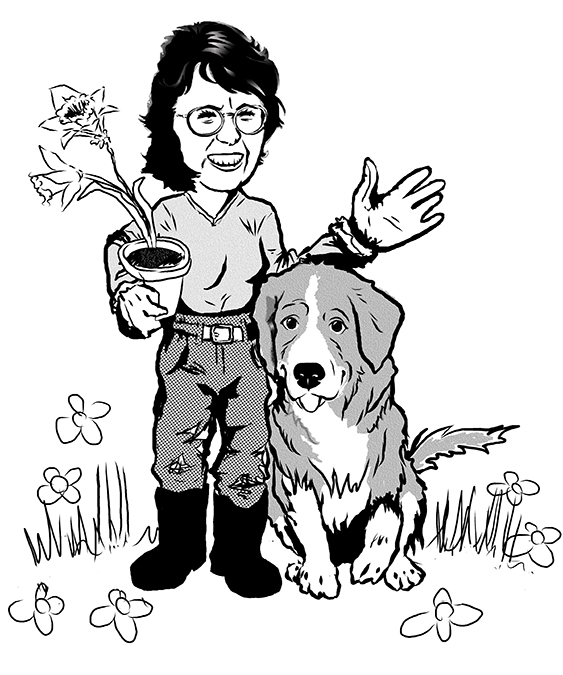by Leslie Cox; Saturday, November 30, 2013
In autumn, the leaves on many deciduous trees change colour…then they die and typically fall off. But if you look around, you may see some dead leaves still hanging onto branches. These are called marcescent (mar-SES-ent) leaves.
marcescence – (n) retains withered plant parts such as leaves and seed pods that are typically shed at the end of the growing season
marcescent – (adj)
Shorter days and colder weather temperatures are indicators telling the trees to stop sending nutrients, or food, to the leaves. Normally, when the food supply stops, a very thin layer is formed in the leaf stem where it attaches to the branch. This is called the separation layer. The stem becomes soft and weak at that spot. Soon the leaves start to fall…helped along by a good wind occasionally.
Marcescent leaves however do not form a separation layer. Instead these dead leaves stay on the tree all winter. They have two good reasons for hanging around though.
First, they guard against disease and infection. When leaves fall off the tree sometimes infection gets into the open spot where the leaf had been. But when the leaves stay on the tree there are no bare spots. Disease and infection cannot attack the tree.
Second, marcescent leaves protect the tender new leaf buds in spring. Deer, elk and other grazing animals are very hungry after winter. They love fresh green shoots to eat. Withered and dead leaves look very unappetizing when you are hungry.
When the time is right in the spring, the growing leaf buds help to push the old leaves off the branch. In no time at all, the tree is green again.
